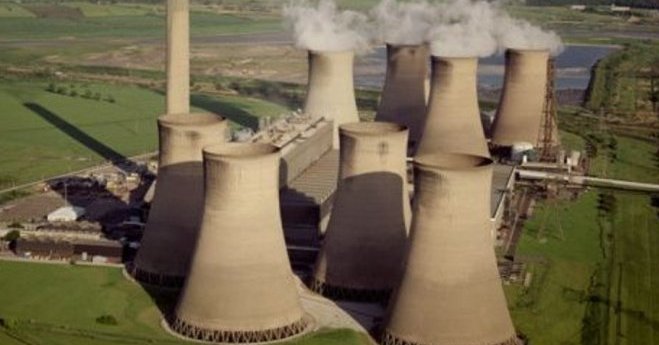Nuclear Safety: the French way
EDF, the nuclear global leading operator being French, necessarily implies to get informed on the French case.
At the March 14th meeting of leaders of the UMP in the Elysée, Nicolas Sarkozy loudly proclaimed that the French nuclear industry was “the safest in the world.” Really?
France has 58 reactors operating in 2010. 58 nuclear reactors which produce 80% of its electricity ranking second worldwide in number of reactors immediately behind the United States, and first in Europe. Second place is taken by the United Kingdom with 19 reactors.... Thus, in comparison with our European neighbours, this figure would make every self-respecting environmentalist cringe, even though the ASN is watching closely.
ASN? This is the French Nuclear Safety Authority, an independent administrative authority whose status was reviewed in 2006 by the law on the transparency and nuclear safety, called ‘law TSN’. It is the heir of the Central Service of safety of nuclear facilities that had been set up in 1973.
In short, the ‘ASN ensures, on behalf of the State, the control of nuclear power to protect the public, the patients, workers and the environment. It informs citizens’. Its main mission is the prevention against the risks of civilian nuclear activities and public information. It has broad discretion concerning the decision-making, power exercised in partnership with Parliament and the Government, but also with technical experts able to provide advice.
The inspections that it implements represent a symbolic part of the verification arrangements. ASN inspectors can monitor all nuclear installations, activities, transport, storage. The sphere of their control is very diverse. In 2008, 740 inspections were conducted, including 198 unannounced.
Despite all the credit of the ASN, incidents or accidents, classified according to the INES scale of severity, have occurred on the French power plants. On the 17th of October 1969, the St-Laurent-des-Eaux had an accident classified as Level 4 of 7 on the INES. Eleven years later, an accident of similar gravity occurred in the same plant. This plant is still operating but the gas-graphite technology that was used at the time was abandoned in early 1990. Since then, France has had incidents of level 1 or 2.
Towards a European harmonization
The NHA is actively involved in the development and the harmonization of the EU law on the principles and standards of nuclear safety. Indeed, cooperation at European level is indispensable. In case of serious accidents, the consequences would inevitably be international. The tragedy that occurred in Chernobyl in 1986 is there to remind us that.
Each EU Member State has its own regulator, and all of them maintain constant cooperation to unify safety standards. The objective is really to establish a common approach and to share a fundamental principle: nuclear safety is the priority.
Interstate discussions and knowledge sharing are important drivers in the search for an ever more effective action. This is why the Euratom Treaty was signed in 1957, requiring that the Community establishes basic standards of protection against the dangers of radiation.
The Commission will therefore establish guidelines related to radiation protection that Member States will have to transpose and implement into their national law. Moreover, in 2009, a Council directive sought to make legally binding the international principles of nuclear safety expressed by the IAEA (International Atomic Energy Agency).
A community system truly effective?
Beside the French and Ukrainian ‘accidents’ mentioned previously, the Union has known only nuclear ‘incidents’ in Germany, Spain, Hungary, Sweden, Slovenia and Belgium. It is up to anyone to estimate their importance. However, a comparison can be made: the U.S. has experienced since the 1960s ten accidents or nuclear incidents, against five in Europe.
Whatever position one takes on the effectiveness of the Union in the prevention of nuclear risks, we can not deny that its members have shown a phenomenal response after the disaster of Fukushima.
Angela Merkel announced an immediate moratorium on the 3-month extension of the lifespan of seven German nuclear power plants. Furthermore, German MEPs Angelika Niebler, Jorgo Chatzimarkakis called for a greater Europeanization of future security standards, recognizing the transnational challenges of the question.
Italy, out of nuclear power since 1987, decided in 2008 to invest into the construction of a new generation power plant. The Peninsula is now questioning this decision ... Concerning Austria, it passed a law of non use of nuclear power in 1978 and has just required resistance tests at the European level.
So many reactions! Prudence? Panic? In its edition of March 16th, 2011, the Czech daily Hospodarske Noviny described Europe as ‘the world champion of hysteria’ based on a particular OECD report comparing nuclear to other energy sources concluding that ‘nuclear is the safest’.
Better safe than sorry.


Follow the comments: |
|
